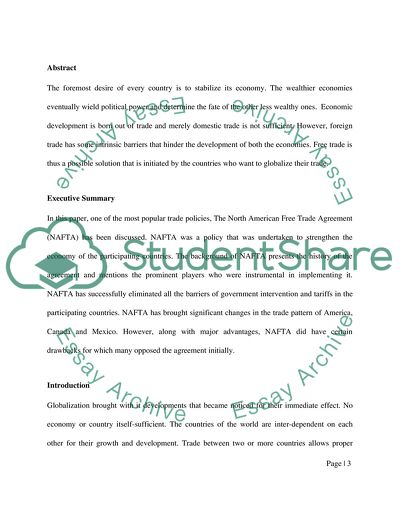Cite this document
(North American Free Trade Agreement Research Paper, n.d.)
North American Free Trade Agreement Research Paper. Retrieved from https://studentshare.org/macro-microeconomics/1738116-north-american-free-trade-agreement-nafta
North American Free Trade Agreement Research Paper. Retrieved from https://studentshare.org/macro-microeconomics/1738116-north-american-free-trade-agreement-nafta
(North American Free Trade Agreement Research Paper)
North American Free Trade Agreement Research Paper. https://studentshare.org/macro-microeconomics/1738116-north-american-free-trade-agreement-nafta.
North American Free Trade Agreement Research Paper. https://studentshare.org/macro-microeconomics/1738116-north-american-free-trade-agreement-nafta.
“North American Free Trade Agreement Research Paper”, n.d. https://studentshare.org/macro-microeconomics/1738116-north-american-free-trade-agreement-nafta.


